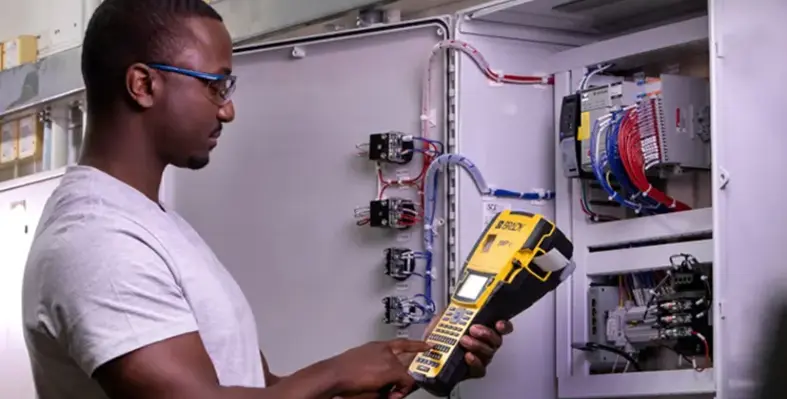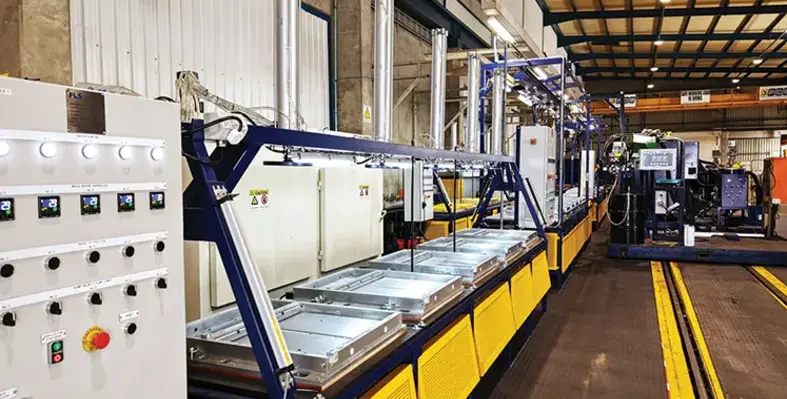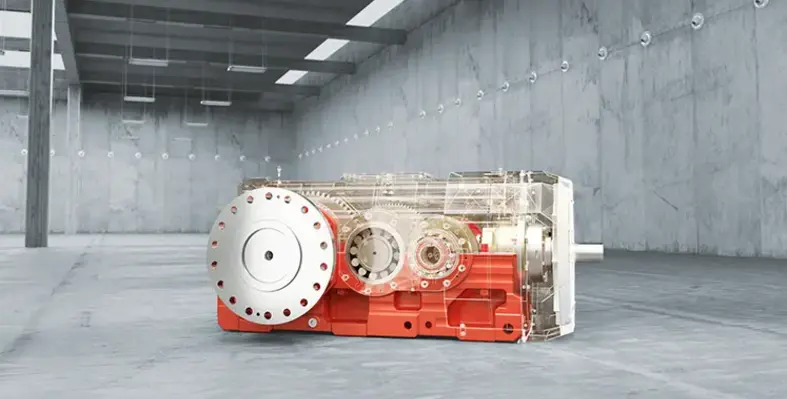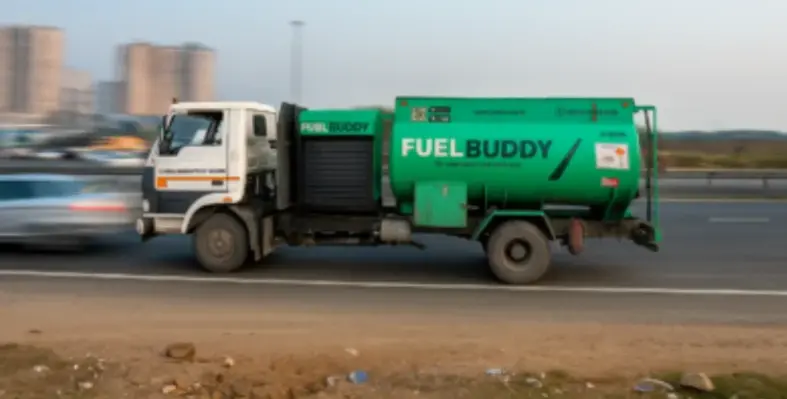
the partnership aims to accelerate the transformation of West Africa’s manufacturing landscape. (Image source: RusselSmith)
Caracol, a global leader in robotic large-format additive manufacturing, and RusselSmith, an ISO-certified provider of innovative asset integrity and advanced manufacturing solutions for critical industries in Africa, have announced a Strategic Partnership to deploy, develop, and commercialise Caracol’s Vipra AM platforms – its robotic Wire Arc Additive Manufacturing (WAAM) technology – in West Africa
This collaboration aims to establish a world-class advanced manufacturing hub in the region, supporting the growth of local industrial capabilities and enabling the adoption of innovative and sustainable production solutions.
Under the exclusive partnership, Caracol and RusselSmith will:
-
Deploy Caracol’s robotic large-format Vipra AM technology across key West African markets.
-
Develop local expertise and capacity in advanced manufacturing.
-
Support commercialisation opportunities across diverse industrial sectors.
-
Advance regional industrialisation by providing innovative, scalable, and sustainable manufacturing solutions.
By combining Caracol’s global leadership in robotic WAAM technology with RusselSmith’s regional presence and industry expertise, the partnership aims to accelerate the transformation of West Africa’s manufacturing landscape, enhancing its role as a hub for innovation, efficiency, and industrial growth.
Riccardo Nicastro, global chief commercial officer and managing director of Middle East and Africa for Caracol, said, "The partnership between RusselSmith and Caracol is a testament of commitment towards Africa and its technology and manufacturing independence, agnostically from industries, together we are pursuing the creation of value for the whole Continent."
This initiative marks the start of a long-term collaboration that will bring two Caracol Vipra AM advanced technology platforms to the region, while also fostering talent development, promoting sustainability, and creating new economic opportunities.
Kayode Adeleke, CEO of RusselSmith, stated, "Our exclusive partnership with Caracol represents another bold stride in shaping the future of advanced manufacturing in West Africa. By introducing robotic WAAM technology through Caracol’s Vipra AM platform, we are unlocking new possibilities for industrialisation across the region. This collaboration allows us to build local expertise, accelerate the development of scalable manufacturing solutions, and create opportunities that strengthen Africa’s ability to compete globally. Together with Caracol, we are laying the foundation for a world-class hub that drives innovation, nurtures talent, and delivers sustainable growth for the industries we serve."








 Want to see the benefits of reliable panel identification at a glance?
Want to see the benefits of reliable panel identification at a glance?




